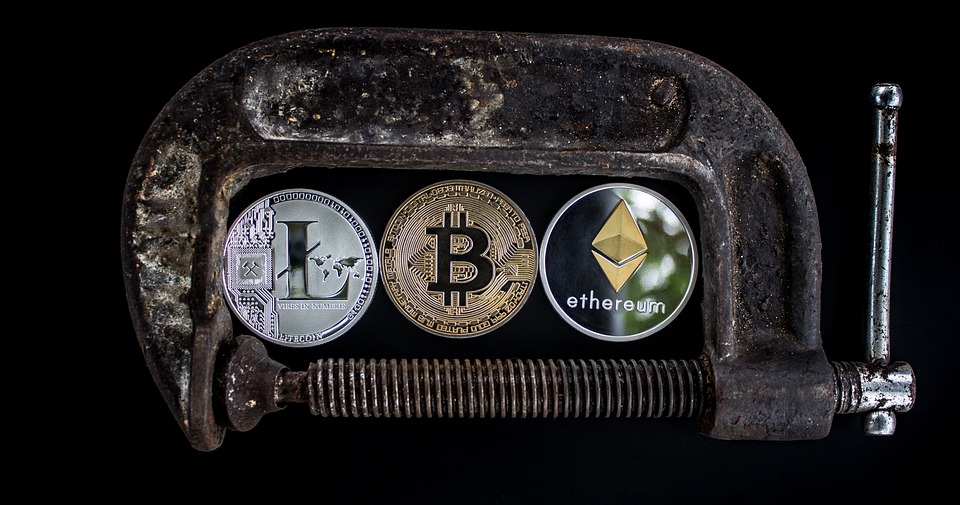
Understanding Web 3.0: The Evolution of the Internet
Welcome to the future of the internet! In this article, we will explore the concept of Web 3.0 and its connection to distributed ledger technology (DLT). Whether you’re a tech enthusiast or a curious novice, this topic has the potential to impact your personal and professional life in profound ways. So, let’s dive in!
A Brief History of Web 3.0
To understand Web 3.0, we must first look back at the evolution of the internet. Web 1.0 was the static web, where users could consume information but had limited interactivity. Web 2.0 brought us social media, online collaboration, and user-generated content. Now, Web 3.0 represents the next generation of the internet, emphasizing decentralized networks and peer-to-peer interactions.
DLT, often referred to as blockchain technology, is the backbone of Web 3.0. It is a distributed database that maintains a continuously growing list of records called blocks. These blocks are linked and secured using cryptography, allowing for transparency, immutability, and decentralization.
The Advantages and Disadvantages of Web 3.0 and DLT
Web 3.0 and DLT come with various advantages. Firstly, they provide enhanced security, as data is distributed across multiple nodes rather than being stored in a central server vulnerable to hacking. Additionally, Web 3.0 promotes privacy and data ownership, empowering individuals to control their personal information.
Moreover, DLT enables trustless transactions, eliminating intermediaries like banks or third-party payment processors. This opens up avenues for financial inclusion and reduces fees and transaction times. Web 3.0 also fosters innovation through smart contracts, which automatically execute predefined conditions, streamlining processes in various industries.
However, Web 3.0 and DLT face challenges. Scalability is a significant concern as current blockchain networks struggle to handle high transaction volumes. Additionally, regulations surrounding DLT and cryptocurrencies are still evolving, creating legal uncertainties. Moreover, the energy consumption associated with certain DLT protocols is a topic of debate.
Real-World Applications of Web 3.0 and DLT
Web 3.0 and DLT’s potential applications span various sectors. In finance, decentralized finance (DeFi) platforms are disrupting traditional banking, offering users the ability to lend, borrow, and trade without intermediaries. Supply chain management is another area benefiting from DLT by providing transparent and traceable data for stakeholders.
Another exciting area is healthcare. With DLT, patient records can be securely stored and shared, improving interoperability and patient outcomes. DLT also revolutionizes the energy sector by enabling peer-to-peer energy trading and incentivizing renewable energy production.
The Future of Web 3.0 and DLT
The future of Web 3.0 and DLT is brimming with possibilities. As technology evolves, we can expect increased scalability, improved user experience, and more energy-efficient protocols. The integration of artificial intelligence and the Internet of Things will further expand the potential applications of Web 3.0.
Frequently Asked Questions
Q: How is Web 3.0 different from Web 2.0?
A: Web 2.0 emphasized user-generated content and social interactions, while Web 3.0 focuses on decentralized networks, increased privacy, and trustless transactions.
Q: Can you provide a real-world example of DLT in action?
A: One example is the cryptocurrency Bitcoin, which operates on a blockchain system, allowing users to transfer value without intermediaries.
Q: What are the environmental impacts of DLT?
A: The energy consumption of certain DLT protocols is a concern. However, technological advancements are continuously improving energy efficiency.
Q: How can Web 3.0 benefit small businesses?
A: Web 3.0 enables small businesses to access global markets, streamline transactions, and reduce costs by eliminating intermediaries.
We hope this article shed light on the fascinating world of Web 3.0 and DLT. The possibilities are limitless, and the impact on various sectors cannot be overstated. We encourage you to explore further, share your thoughts in the comments, and imagine how Web 3.0 can shape our future!
More in this category ...
Ripple companions with SBI Group and HashKey DX for XRPL answers in Japan

April sees $25M in exploits and scams, marking historic low ― Certik

MSTR, COIN, RIOT and different crypto shares down as Bitcoin dips

EigenLayer publicizes token release and airdrop for the group

VeloxCon 2024: Innovation in knowledge control

Successful Beta Service release of SOMESING, ‘My Hand-Carry Studio Karaoke App’

Dogwifhat (WIF) large pump on Bybit after record reasons marketplace frenzy

How fintech innovation is riding virtual transformation for communities around the globe

Wasabi Wallet developer bars U.S. customers amidst regulatory considerations

Analyst Foresees Peak In Late 2025

Solo Bitcoin miner wins the three.125 BTC lottery, fixing legitimate block

Ace Exchange Suspects Should Get 20-Year Prison Sentences: Prosecutors

Google Cloud's Web3 portal release sparks debate in crypto trade

Bitcoin Primed For $77,000 Surge

Bitbot’s twelfth presale level nears its finish after elevating $2.87 million

PANDA and MEW bullish momentum cool off: traders shift to new altcoin

Commerce technique: Ecommerce is useless, lengthy are living ecommerce

Republic First Bank closed by way of US regulators — crypto neighborhood reacts

China’s former CBDC leader is beneath executive investigation

Bigger isn’t all the time higher: How hybrid Computational Intelligence development permits smaller language fashions

Pantera Capital buys extra Solana (SOL) from FTX

Successful Beta Service release of SOMESING, ‘My Hand-Carry Studio Karaoke App’

SEC sues Bitcoin miner Geosyn Mining for fraud; Bitbot presale nears $3M

Business procedure reengineering (BPR) examples

85% Of Altcoins In “Opportunity Zone,” Santiment Reveals

Sam Altman’s Worldcoin eyeing PayPal and OpenAI partnerships

Artificial Intelligence transforms the IT strengthen enjoy

Franklin Templeton tokenizes $380M fund on Polygon and Stellar for P2P transfers

Meta’s letting Xbox, Lenovo, and Asus construct new Quest metaverse {hardware}

Shiba Inu (SHIB) unveils bold Shibarium plans as Kangamoon steals the display
